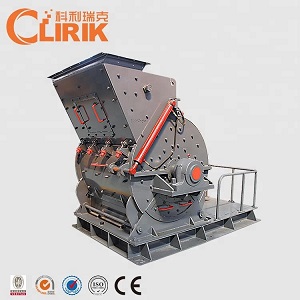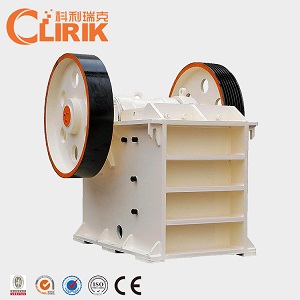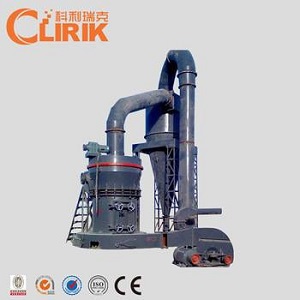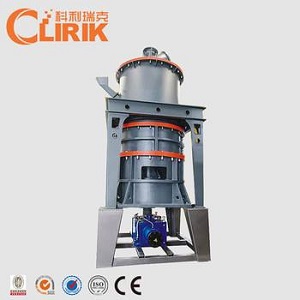top
How To Choose Stone Powder Micronization Process?
The mechanical superfine micronization process generally refers to a micronization and classification process for preparing a particle size distribution d97 ≤ 10 μm, which can be classified into a dry method and a wet method.
The dry superfine micronization process is a superfine micronization process of widely used hard and brittle materials, and the production process is short. It is not necessary to provide dehydration process equipment such as subsequent filtration and drying in the production of dry powder, so it is easy to operate and easy to control. The investment is more provincial and the operating cost is lower.
The wet superfine micronization process has a certain degree of grinding aid due to water itself, and the powder is easily dispersed during wet micronization, and the density of water is larger than the density of air, which is advantageous for fine grading, so that the micronization operation efficiency is high and the product granularity is obtained. Fine, narrow particle size distribution and so on. However, when producing dry powder, it is necessary to carry out subsequent dewatering equipment (filtration and drying), and it is easy to form agglomerated particles after drying, and sometimes depolymerization. Therefore, there are many supporting equipment and the process is complicated.
(1) For the pre-stage without the wet purification and wet processing steps or the subsequent non-wetting processing materials, such as calcite, talc, wollastonite, etc., under the current technical and economic conditions, generally as a product When the fineness d97 ≥ 5 μm, a dry processing process is employed.
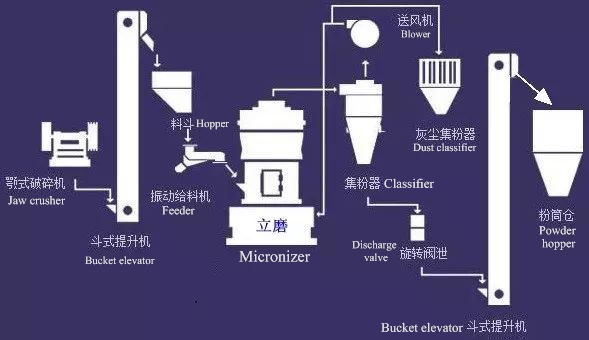
▲ vertical grinding superfine micronization process
(2) When it is necessary to design and produce ultra-fine powder products with d97<5μm, or when the final product can be sold as filter cake or slurry, the wet superfine grinding process and equipment should be preferred.
(3) If the material to be pulverized is processed by other wet processes (such as water washing, purification, etc.), that is, a wet processing process such as washing and purifying is provided before the superfine pulverizing operation, regardless of the final product particle size requirement How to give priority to the wet superfine grinding process and equipment.
(4) If the powder after ultra-fine micronization is still subjected to wet processing, the wet superfine micronization process and equipment should also be preferred.
(5) There are some special cases, such as the processing of broken muscovite used as pearlescent mica raw material. In order to ensure the shape and surface finish of the flake particles, the wet superfine grinding process and equipment are selected.
Hot Sale Micronizers
The dry superfine micronization process is a superfine micronization process of widely used hard and brittle materials, and the production process is short. It is not necessary to provide dehydration process equipment such as subsequent filtration and drying in the production of dry powder, so it is easy to operate and easy to control. The investment is more provincial and the operating cost is lower.
The wet superfine micronization process has a certain degree of grinding aid due to water itself, and the powder is easily dispersed during wet micronization, and the density of water is larger than the density of air, which is advantageous for fine grading, so that the micronization operation efficiency is high and the product granularity is obtained. Fine, narrow particle size distribution and so on. However, when producing dry powder, it is necessary to carry out subsequent dewatering equipment (filtration and drying), and it is easy to form agglomerated particles after drying, and sometimes depolymerization. Therefore, there are many supporting equipment and the process is complicated.
(1) For the pre-stage without the wet purification and wet processing steps or the subsequent non-wetting processing materials, such as calcite, talc, wollastonite, etc., under the current technical and economic conditions, generally as a product When the fineness d97 ≥ 5 μm, a dry processing process is employed.

▲ vertical grinding superfine micronization process
(2) When it is necessary to design and produce ultra-fine powder products with d97<5μm, or when the final product can be sold as filter cake or slurry, the wet superfine grinding process and equipment should be preferred.
(3) If the material to be pulverized is processed by other wet processes (such as water washing, purification, etc.), that is, a wet processing process such as washing and purifying is provided before the superfine pulverizing operation, regardless of the final product particle size requirement How to give priority to the wet superfine grinding process and equipment.
(4) If the powder after ultra-fine micronization is still subjected to wet processing, the wet superfine micronization process and equipment should also be preferred.
(5) There are some special cases, such as the processing of broken muscovite used as pearlescent mica raw material. In order to ensure the shape and surface finish of the flake particles, the wet superfine grinding process and equipment are selected.
Hot Sale Micronizers

